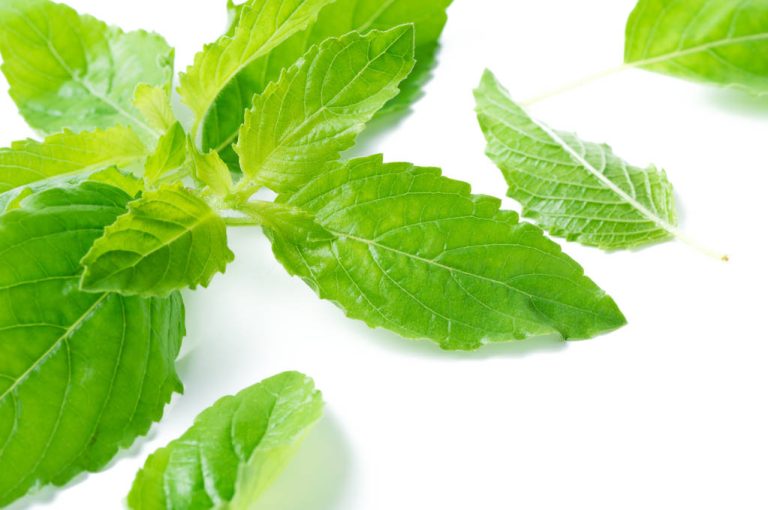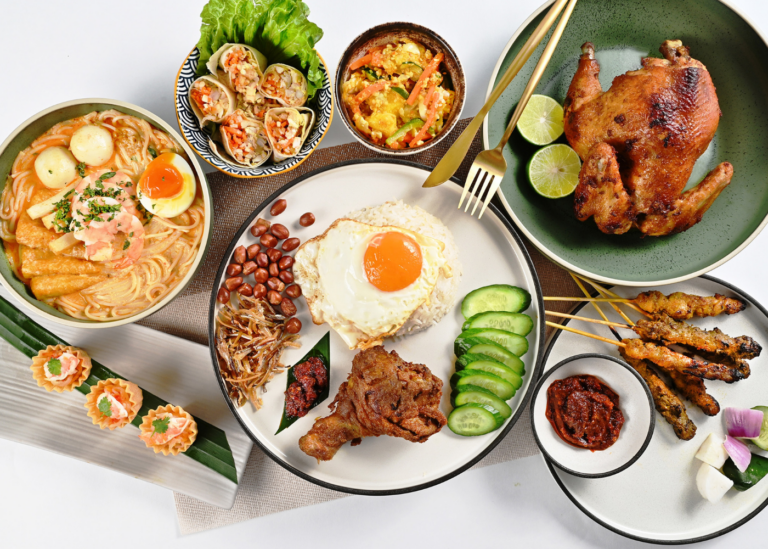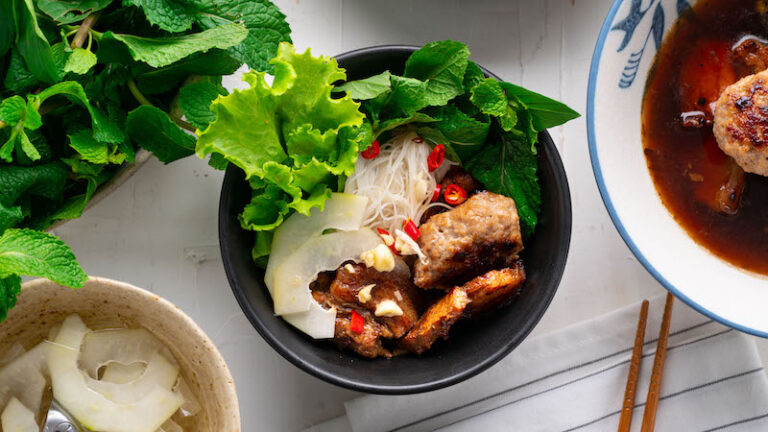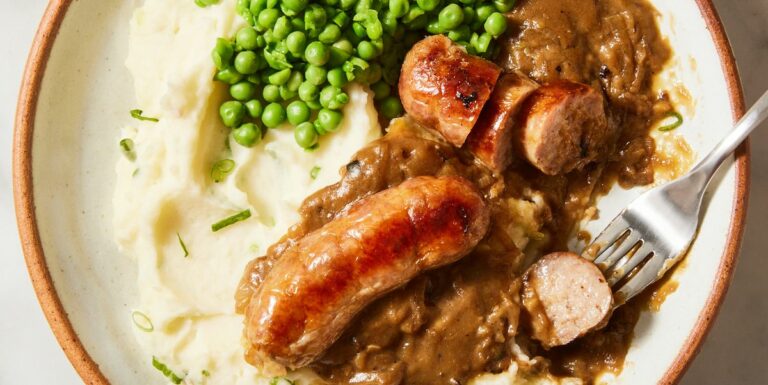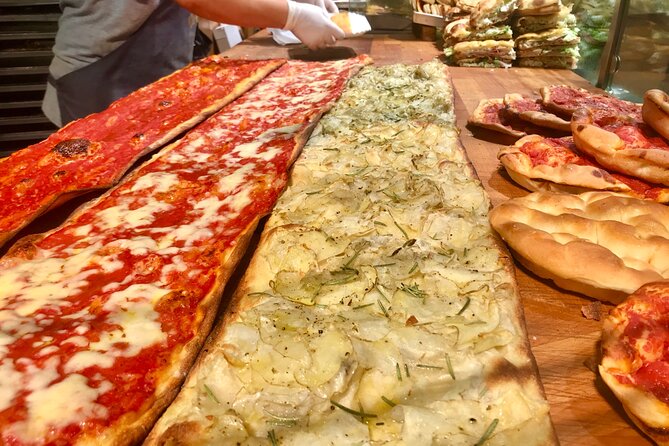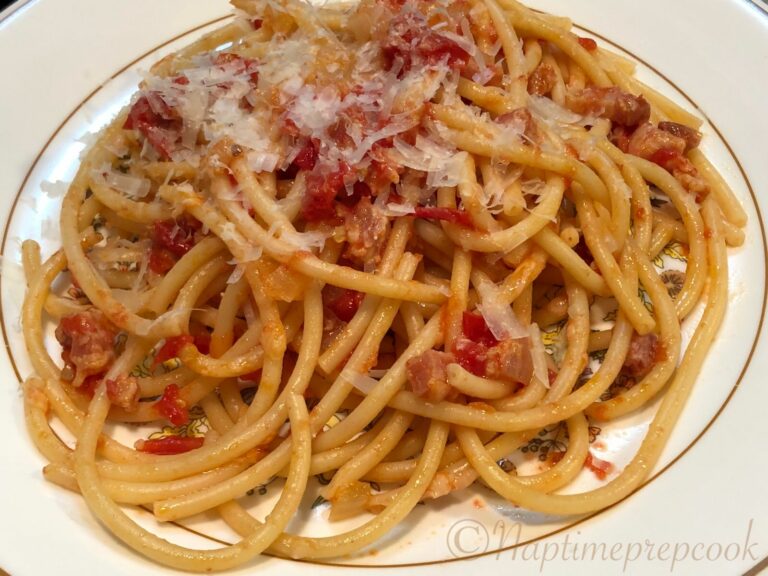Tulsi tea tastes good and is highly valued in Ayurveda for its healing properties. Here you can find out how the tea works and how to prepare it.
Tulsi is often also referred to as Tulasi or holy or Indian basil and is closely related to our spice basil. Very special effects are attributed to this special type of basil. The plant is therefore very widespread in the traditional healing art of Ayurveda. But not only in India Tulsi is very popular. In Europe, too, more and more people swear by the effects of Indian basil – especially in the form of Tulsi tea.
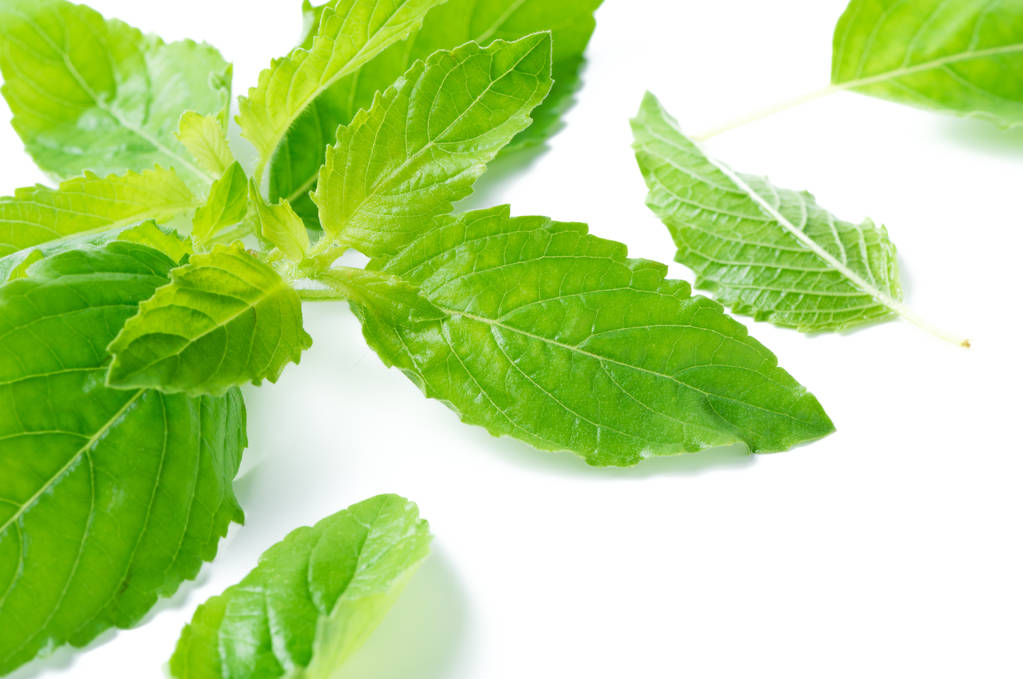
Effect of Tulsi leaves
The fact that Tulsi has a special place in traditional Ayurvedic medicine is due to the fact that it contains various beneficial active ingredients. The Indian basil contains, among other things, in high concentration:
eugenol
polyphenols
flavanoids
Thanks to these substances, Tulsi has an antibacterial and anti-inflammatory effect. It is used, for example, for colds, coughs and fevers, stomach problems and inflammation of the mouth or gums.
The herb also has a stress-relieving effect. The phenols and flavanoids contained in Indian basil are considered to be particularly effective antioxidants.
Tulsi tea: How to prepare it successfully
Tulsi is very popular in this country not only because of its effect, but also because of its special taste. This applies in particular to Tulsi tea: it has a fine, sweet, but at the same time slightly peppery aroma.
How to prepare Tulsi tea:
Take 1 teaspoon of tulsi herb per cup.
Pour 200ml of boiling water over the tea per cup.
Let the tea steep for 6 to 10 minutes.
You can use fresh or dried Tulsi leaves for a tea. To be sure that there are no pesticides in the leaves, you should only drink certified organic tea – or grow it yourself. In the next paragraph we will tell you how to do it.

Grow your own Indian basil
If you’ve got a taste for it, you can easily grow Indian basil for your Tulsi tea yourself. You can get Indian basil as a preferred plant in well-stocked (herb) nurseries. Alternatively, you can also buy seeds and plant the basil yourself. The requirements of the Indian basil do not differ from the spice basil that is widespread in Europe:
Sow the seeds in pots or boxes on the windowsill in spring. Later you should separate the plants.
It is worth dividing the plants if you have preferred plants. Too many plants often grow in a pot and are therefore too dense.
As soon as it gets warmer outside, you can put the Indian basil outside. It’s best to leave it in the pot though. This way it doesn’t fall victim to voracious snails so easily.
Make sure that the basil gets as much light as possible and always keep it moist. Tulsi does not tolerate temperatures below 10 degrees.
If you let the basil bloom at the end of summer, you can harvest seeds for next year. Since basil is difficult to overwinter, you can use it to grow new plants next spring.

